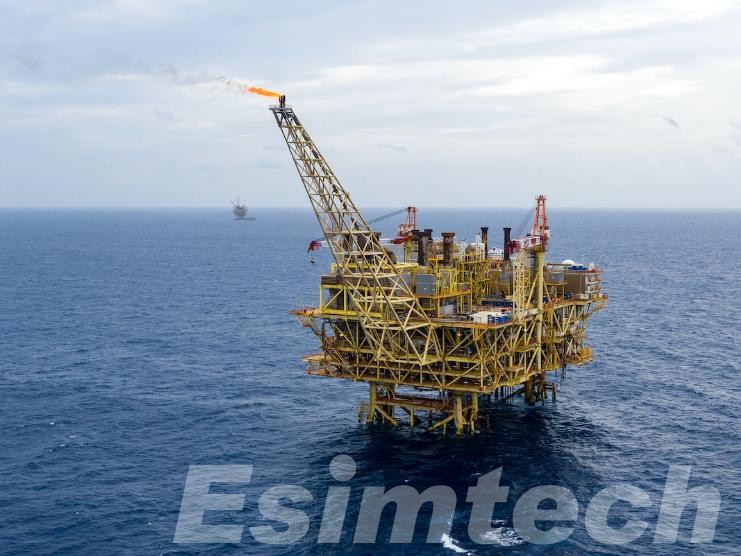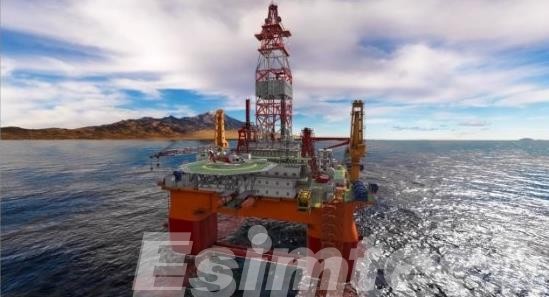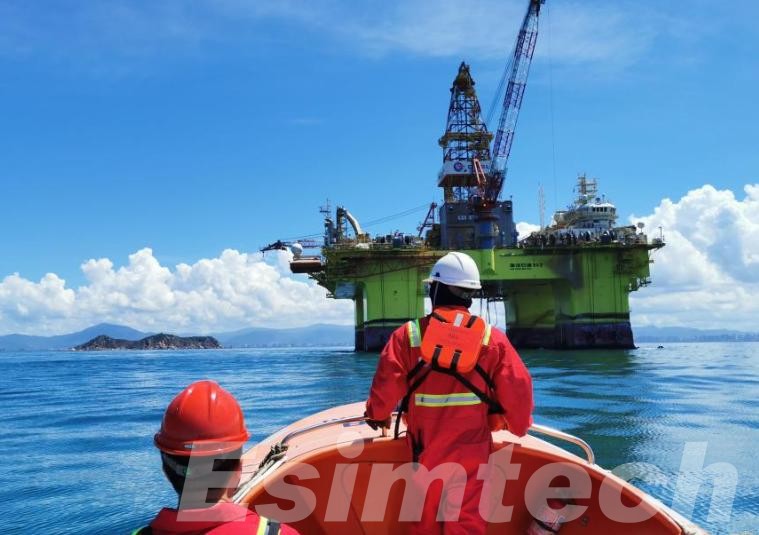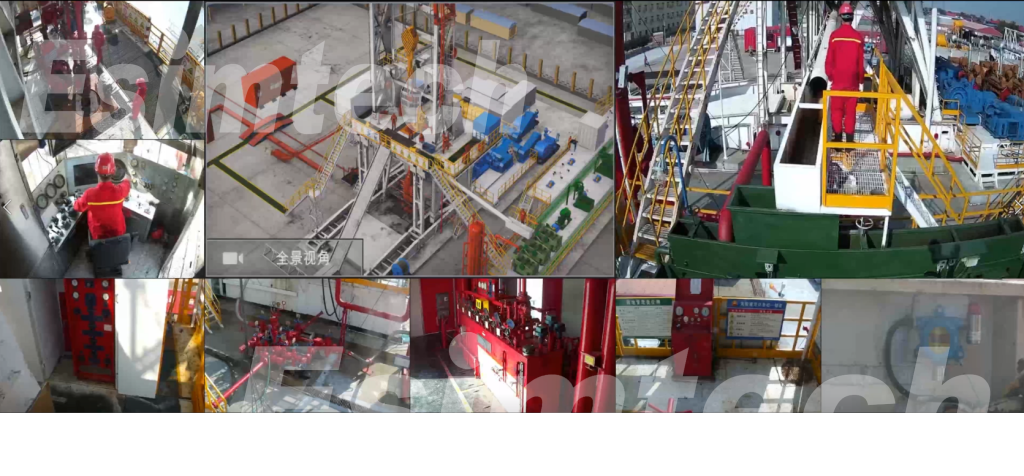The Importance of Offshore Drilling Training for Safety and Efficiency
The offshore drilling industry is vital for meeting global energy demands. However, its intricate operations and high-risk environment require a workforce that is both highly skilled and safety-oriented. Comprehensive offshore drilling training equips employees to tackle these challenges, promoting operational efficiency and minimizing risks.

What is Offshore Drilling Training
Offshore drilling training is a comprehensive educational process designed to prepare workers for the unique challenges of working on offshore oil rigs. Given the high-stakes environment and the technical nature of the job, training covers everything from the basics of drilling operations to advanced safety measures. Workers learn about the equipment, the technology involved, and how to handle various scenarios that may arise at sea.
Training also emphasizes safety protocols due to the inherent risks associated with offshore drilling, such as equipment malfunctions or hazardous weather conditions. From understanding emergency procedures to recognizing environmental regulations, this training ensures that employees can perform their jobs safely and efficiently. All in all, the goal of offshore drilling training is to equip personnel with the knowledge and skills needed to work effectively while minimizing risks to themselves, the crew, and the environment.
How Many Types of Offshore Drilling Training Methods
Offshore drilling training isn’t one-size-fits-all. Companies employ multiple methods to ensure their teams are well-versed in the technical aspects of drilling and prepared to face the unique challenges of working in such a high-risk environment. Below, we’ll discuss the different training methods commonly used in offshore drilling.
Classroom Training

Classroom training is often the first step in preparing anyone for a role in offshore drilling. It focuses on building a strong foundation of theoretical knowledge that is essential for understanding the drilling process and its challenges. This type of training covers critical topics such as drilling technologies, equipment, and the basic principles of offshore safety. Trainees learn about industry regulations, safety standards, and the environmental considerations of offshore drilling. Although it may not be as hands-on as other training methods, classroom sessions are invaluable for grounding workers in the essentials before they step onto the rigs.
Drilling Simulation

Once the basic concepts are covered, the next step for trainees is often drilling simulation. This type of training takes place in a controlled environment designed to mimic the conditions they would face on an offshore platform. Using advanced simulators, trainees can experience realistic drilling scenarios and equipment malfunctions without the risk of a real-world emergency.
Simulation training is incredibly valuable because it allows individuals to practice emergency procedures, troubleshooting, and critical decision-making in situations where mistakes are part of the learning process rather than a safety hazard. It’s an immersive way to gain hands-on experience, helping trainees feel more confident when they’re out on a live rig.
Online Training
In recent years, online training has become a vital resource in the offshore drilling industry. These courses offer workers the flexibility to complete training modules at their own convenience, enabling companies to keep their teams updated on the latest industry practices and safety standards. Typically, the training includes a blend of videos, quizzes, and reading materials, allowing employees to progress at their own pace.
Although online training cannot fully replace hands-on experience, it offers significant flexibility, particularly for offshore workers with limited time on land. It is also a cost-effective method to keep employees informed about new equipment, safety regulations, and environmental procedures.
On-the-Job Training

Finally, there’s on-the-job training, which is, as the name suggests, conducted directly at the worksite. This type of training is essential for employees to gain hands-on experience in real-world conditions. New hires typically work under the supervision of experienced professionals, where they get familiar with the daily responsibilities and challenges they will face on the rig.
On-the-job training is invaluable because it provides a direct link between theory and practice. It allows trainees to operate machinery, manage emergency drills, and learn practical problem-solving techniques in the field. While it can be intense, it’s often where workers gain the most useful skills that can’t be taught in a classroom or simulator.
Importance of Offshore Drilling Training for Safety and Efficiency
Offshore drilling is inherently risky due to the challenging work environment, complex machinery, and potential environmental hazards. Proper training plays a vital role in reducing these risks and ensuring that operations run smoothly. Here’s why offshore drilling training is essential:
- Prioritizing Safety: The safety of offshore workers is a top priority. Comprehensive training ensures employees are aware of the risks linked to their roles and are thoroughly familiar with safety protocols. This helps minimize the chances of accidents, such as equipment failures, fires, and blowouts, ultimately protecting lives and reducing the potential for injury.

- Improving Operational Efficiency: Trained personnel are able to perform their roles with precision and confidence. Whether it’s operating specialized machinery, managing rig operations, or responding to technical challenges, skilled workers contribute to faster, more efficient operations. This leads to higher productivity and cost savings for the company.
- Environmental Protection: Offshore drilling can have a substantial impact on the surrounding environment. Well-trained workers are knowledgeable about environmental regulations and procedures designed to prevent spills, leaks, and other accidents that could damage marine ecosystems. Proper training helps minimize the environmental risks associated with offshore drilling, ensuring compliance with both legal requirements and ecological standards.
- Meeting Regulatory Standards: Offshore drilling operations are heavily regulated to ensure safety and environmental responsibility. By investing in comprehensive training, companies ensure they meet local and international regulatory requirements, avoiding fines, legal challenges, and reputational damage.
In a word, offshore drilling training is the cornerstone of safety, operational excellence, and environmental protection. It ensures that workers are not only capable of managing the complexities of their roles but also empowered to respond to emergencies swiftly and efficiently.
Wrapping Up
Offshore drilling training is an essential component for maintaining safety and optimizing efficiency in the energy sector. By utilizing a combination of classroom instruction, hands-on simulation, online learning, and on-the-job training, companies can ensure that their employees are fully prepared to tackle the challenges of working offshore. Well-trained teams are better equipped to handle the complexities of offshore drilling, benefiting the long-term success and sustainability of the industry.
